Salt is an important part of your winter outdoor maintenance regime, but salt damage to grass is a nuisance that must be kept under control.
Using salt protects you, those who live in your home, or your customers and employees from slipping on icy outdoor surfaces by preventing ice from forming on the ground. It’s hugely effective when done properly, but without proper care, that salt can melt away with the ice and cause lawn damage as well as plant and soil problems.
Earth Development’s teams of lawn maintenance and ice management specialists know the best practices for preventing this, but we think it’s important you know what to look out for.
Lawn Salt Damage: What Does It Look Like?
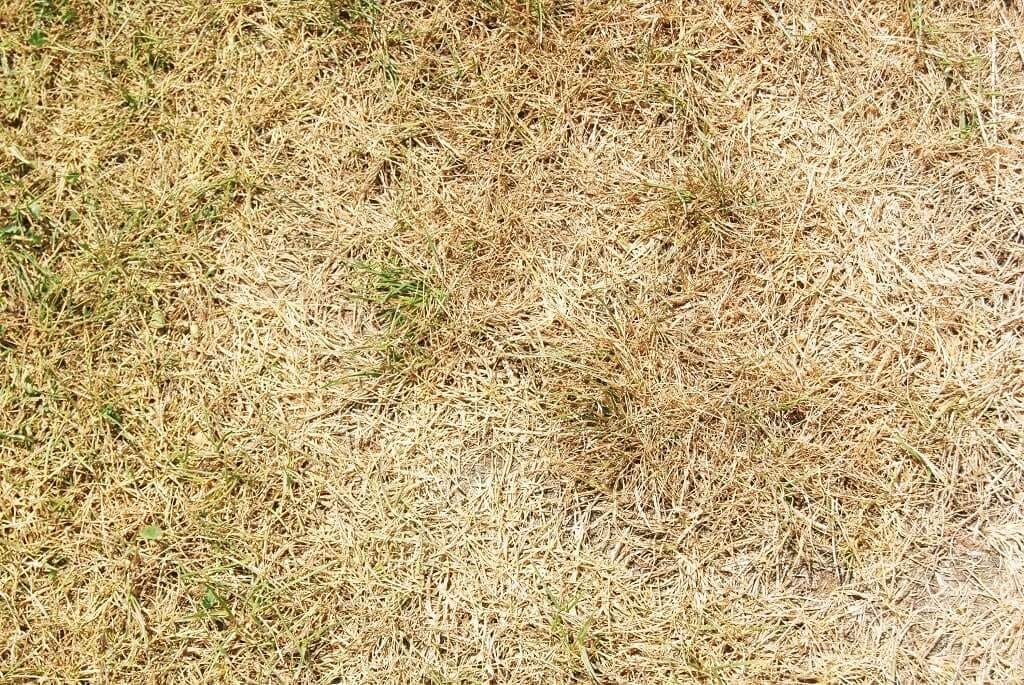
The most common kinds of salt used in road and paving de-icing are calcium chloride and sodium chloride. These two salts dissolve in water. Once it enters the soil, the sodium ions within it stop grassroots from pulling potassium, magnesium, and calcium from the ground. The soil effectively becomes toxic, and you’ll typically first notice lawn salt damage by identifying brown patches right where the lawn meets the paving.
The salt-damaged grass is brown in color because the grass has died, and while it may only appear around the edges of your driveway at first, that salt may soon spread further into the soil and cause further damage.
Tips to Prevent Salt Damage to Your Lawn
The Earth Development team specializes in lawn winter protection and safe de-icing methods, but if you’re using rock salt yourself, there are some important lawn protection tips that you should be aware of.
#1 Use Burlap Sacks
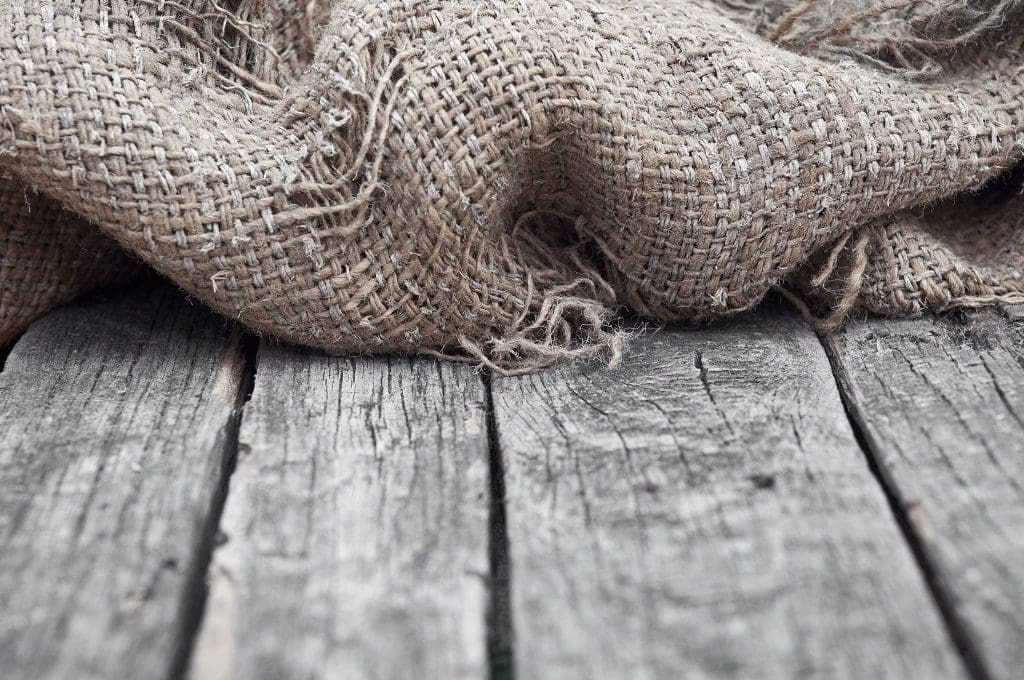
Burlap sacks are a fantastic way of forming a physical barrier that stops the salt from reaching your lawn. Place the sacks either on the lawn at the edge of your driveway or immediately on the edge of your driveways themselves if they won’t be in the way. That way, the rock salt won’t easily seep through the sacks in ice runoff water.
Any item that can form a solid, semi-permanent physical barrier around the edges will work fine.
#2 Shovel More

Regular shoveling reduces the quantity of salt you need to use on your pavement or driveway, reducing the salt brine’s chances of reaching your lawn.
This is one of several reasons that businesses and homeowners across the Midwest trust local Earth Development teams. We provide ongoing deicing and shoveling services that tackle the snow and ice before, during, and after a storm.
The more you shovel, the less likely you will see rock salt damage when the warmer months arrive.
#3 Spread the Snow Around
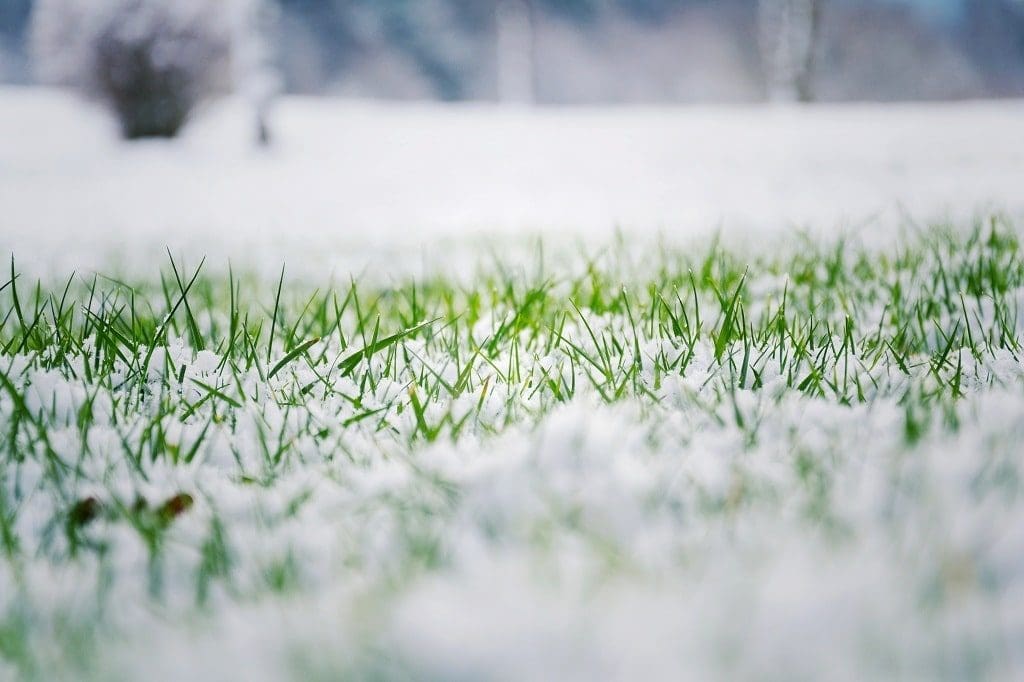
If you’re not physically removing the snow from your property, be sure to avoid placing the shoveled snow in one place. The more snow in one pile, the more salt residue may be left over that will eventually melt with the water and disperse across your property.
You don’t want that!
#4 Don’t Oversalt
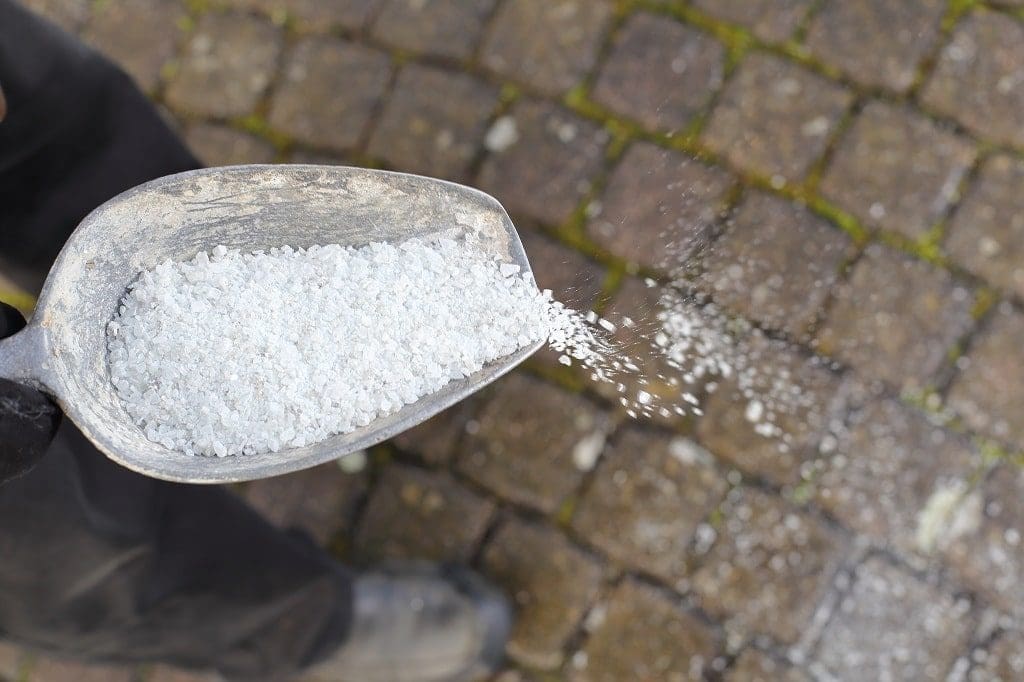
When it’s particularly cold out, it might be tempting to use more salt than you think you need to protect against the ice. But that’s a bad idea. It’s always wiser to use a combination of de-icing and snow management methods to keep yourself safe from the ice, as using too much salt makes it hard to get the substance away from your property and into the drains.
#5 Find a Salt Alternative
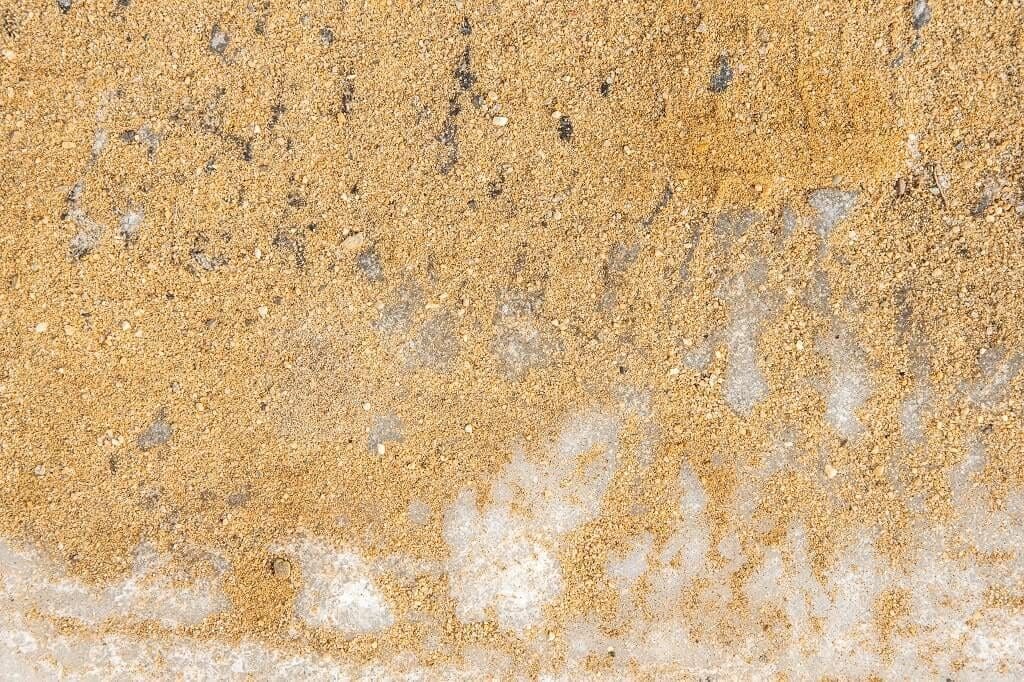
There are other ways of de-icing your lawn or making icy surfaces safer to walk on.
On top of regular shoveling, try using sand as a way of increasing traction on slippery surfaces without risking saltwater runoff.
How to Fix Salt Damage to Lawn
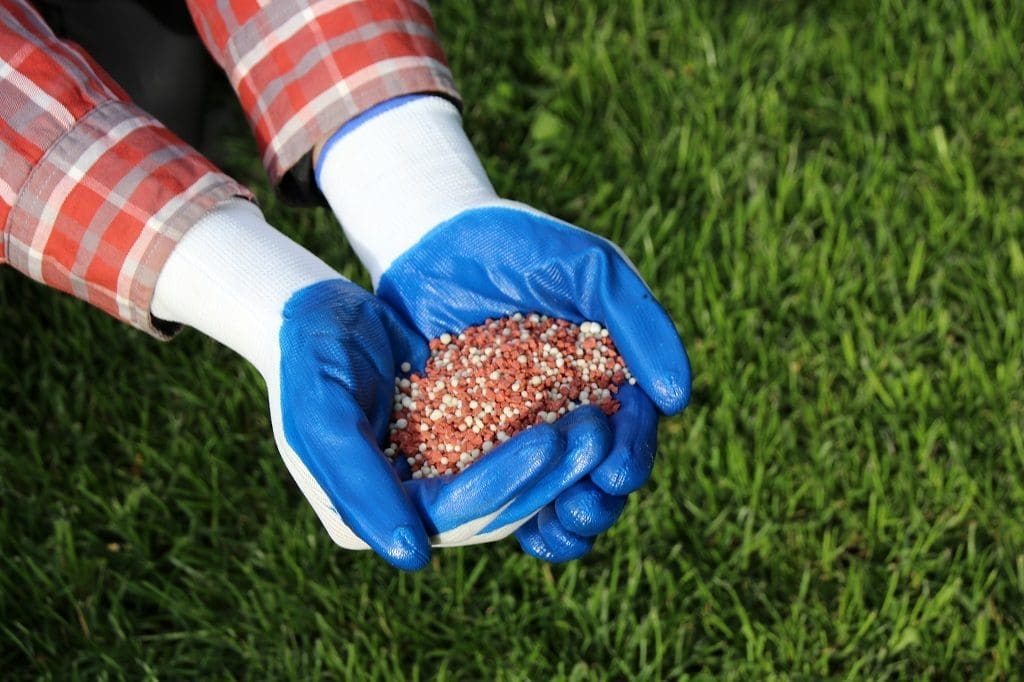
Fixing a lawn with road salt damage can be tricky, but there are some things you can do to resolve it.
Pelletized Gypsum, or calcium sulfate, gradually replaces the salt in the soil with sulfur and calcium, which helps with new grass growth, assuming that the grass hasn’t died. The nutrients also help the soil retain water, making it a great fertilizer during the warmer months.
Apply the product in a thin layer across the affected part of your lawn, and be sure to add plenty of water. Then, practice the kind of lawn protection measures we’ve outlined in this piece to help avoid salt damage happening again.
Conclusion
Are you struggling to fix salt damage to grass? Earth Development’s lawn maintenance specialists know exactly how to bring a lawn back to life.
With our expertise and regular lawn maintenance services, your home or business will soon have the lawn of your dreams, and you won’t need to lift a finger!
For a free quote or consultation, call Earth Development today at (866) 838-1422.
